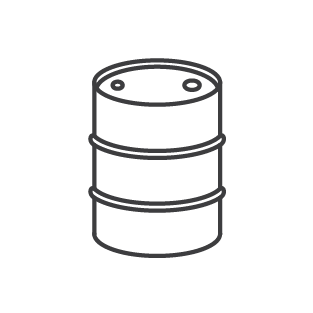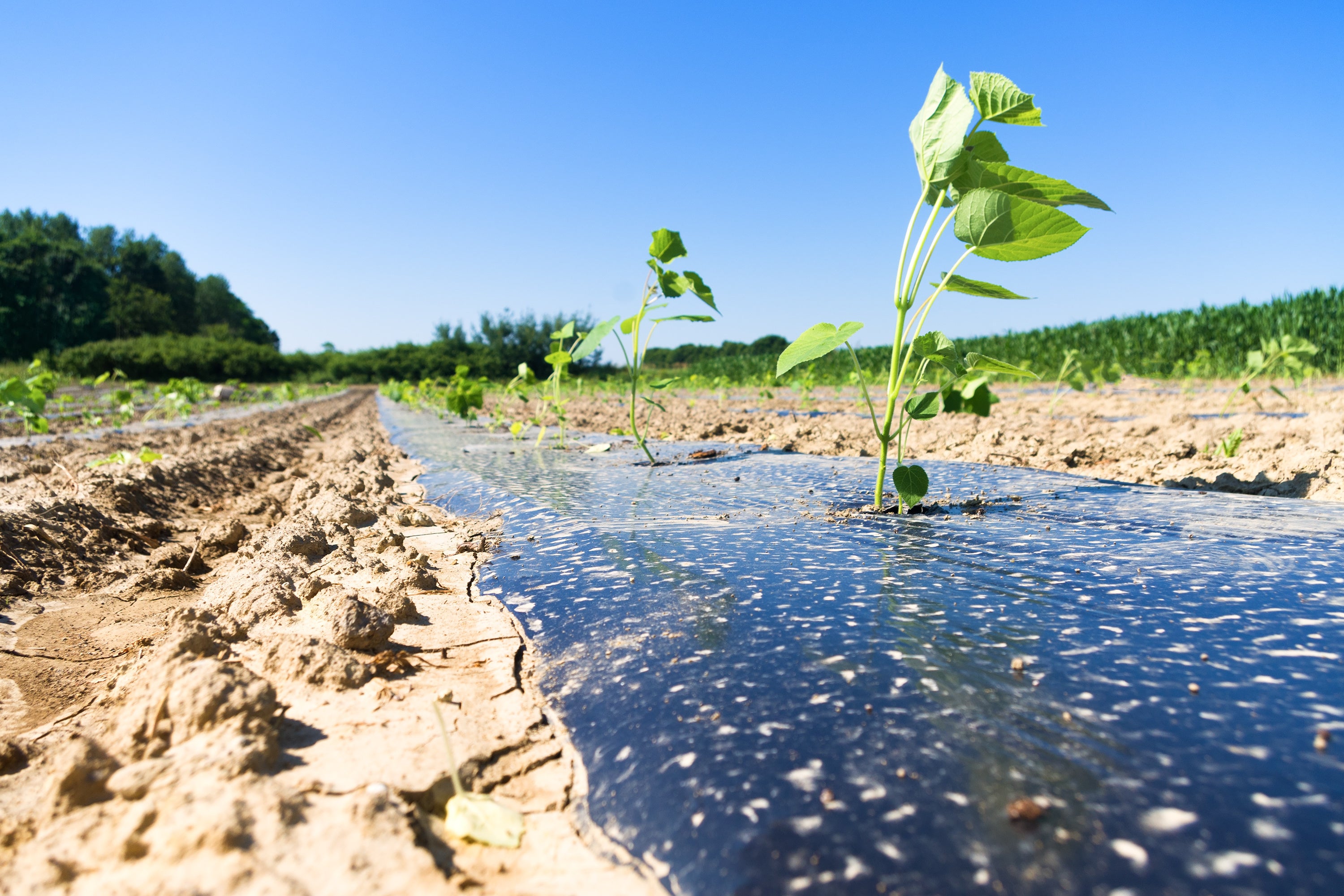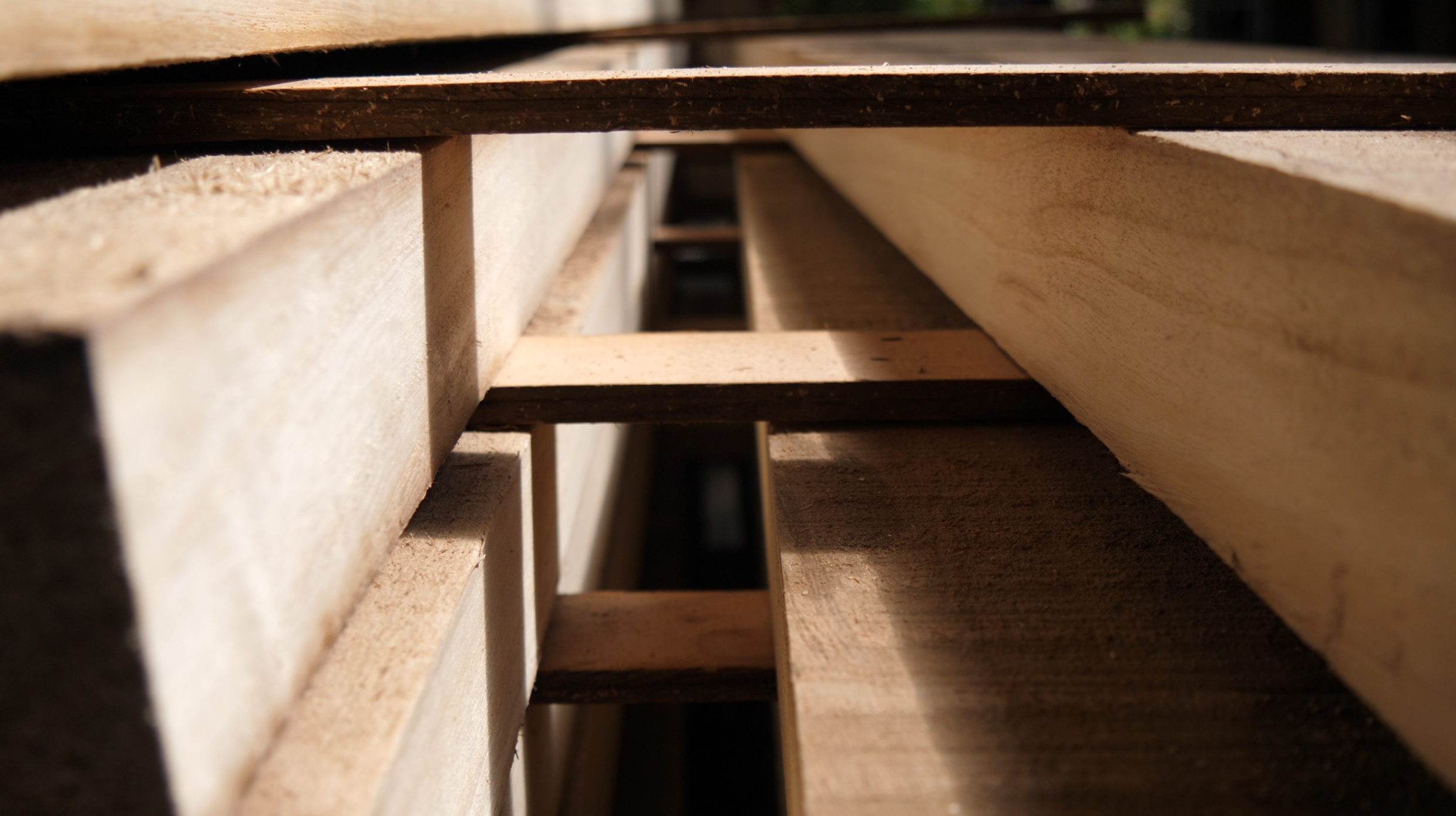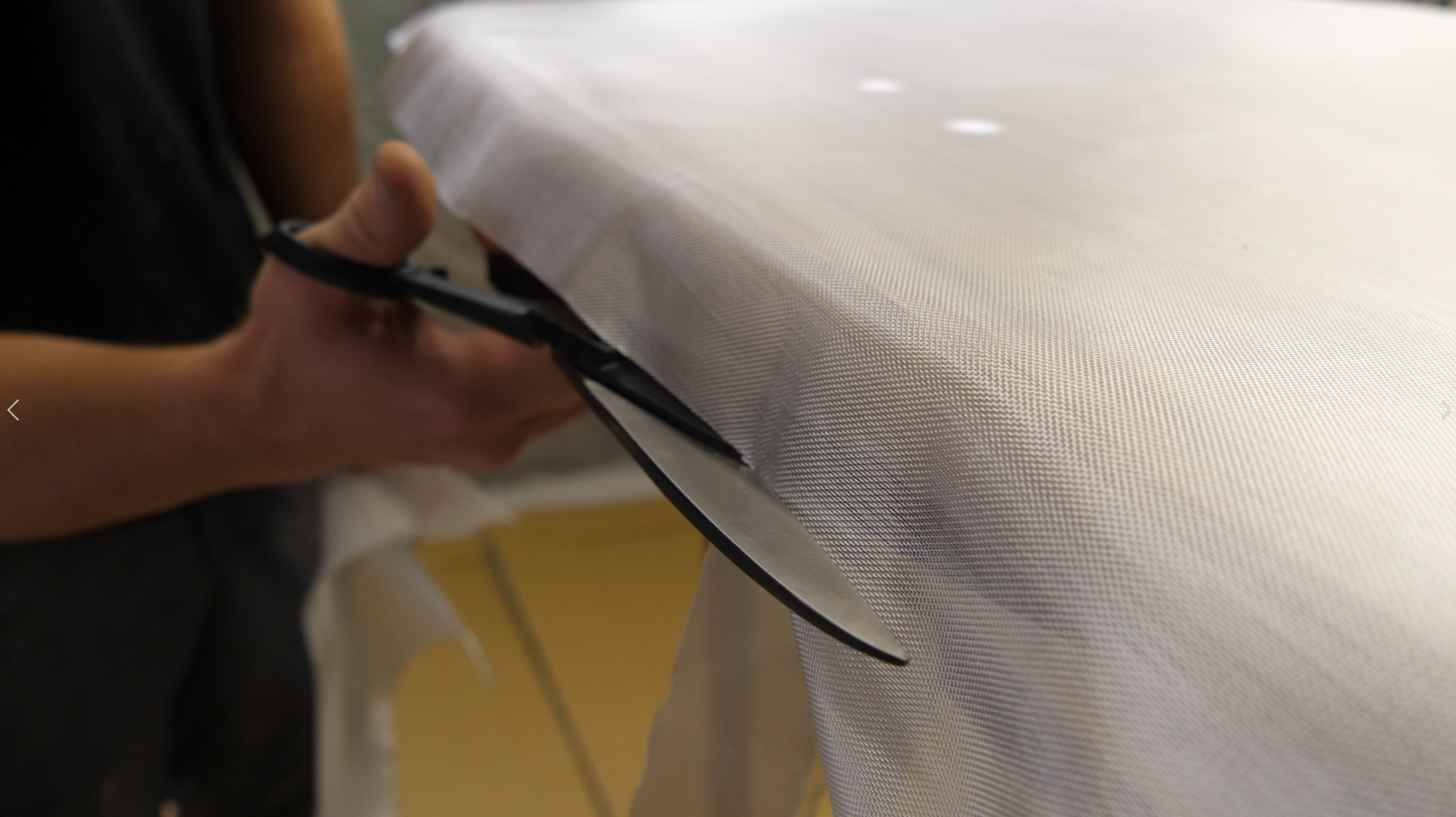-

Sustainably grown
-

Carbon sequestering trees
-

Biodegradable core
-

Durable
-

One third the amount of resin
-

Less than 500g of waste
Sustainable Paulownia
The core of our wooden surfboards are made with sustainably grown Paulownia timber
Paulownia can grow to a harvestable size in only six years. During this period it sequesters carbon dioxide, trapping the carbon within cellulose
This makes our surfboards more than 95% biodegradable


A Conscious Construction
The hollow wooden core replaces polyurethane foam which can be polluting and toxic
By using the natural strength of the timber, only one third the amount of fiberglass and resin is required
Every material is used with care. Less than 500g of waste is created for every surfboard


Designed for Decades
With a precise and durable construction, each board is made to last
Enjoy a surfboard that will look like the day you bought it, years into the future
